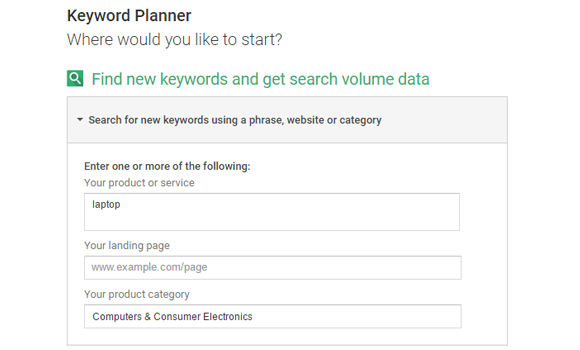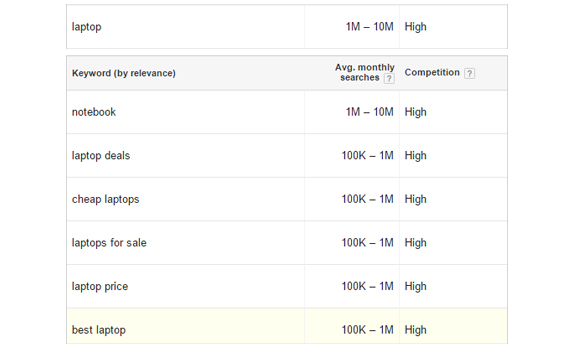Social Media And The Art Of War
Catherine Hayden posted on 8 March 2017
If ancient military strategist Sun Tzu had worked in social media, he would have owned.
The Chinese author of the bestselling Art of War believed that espionage was the key to winning battles. In the world of digital marketing, this translates to competitive analysis – or, serious sleuthing.

Know Thy Enemy
‘If you know the enemy and know yourself, you need not fear the result of a hundred battles. If you know yourself but not the enemy, for every victory gained you will also suffer a defeat. If you know neither the enemy nor yourself, you will succumb in every battle.’
Sun Tzu, The Art of War
There is a lot you can learn from your competition – what they’re getting right, what they’re not getting right, and everything in-between. Competitor analysis means looking closely at your competitors’ social media accounts and other online activity, as well as getting a better idea of what the overall social media landscape looks like in your industry.
That way you’ll know exactly what you’re up against. Knowing the ‘enemy’ isn’t just the key to winning a military battle; it’s also the key to one-upping the competition when it comes to social media strategy. Luckily, very little on the web is private. It’s quite easy to spy on competitors, analyse the information you find, and then do a better job than they do.

Among the things you’ll want to pay close attention to alongside social media pages are websites, paid ad campaigns, email marketing, and digital PR coverage.
Here are three ways you can use competitor analysis in your digital marketing (there are many more):
If a competitor starts doing really well in a strategy you’re struggling with, learn from them by seeing why – don’t be afraid to copy what they’re doing.
Notice who is giving a competitor good press and add the names to your list of targets – this is a good way to find potential influencers.
When a competitor discontinues a product or service, start a marketing push for your offering of the same.
Competitor Analysis in Three Steps
‘If your enemy is secure at all points, be prepared for him. If he is in superior strength, evade him… Pretend to be weak, that he may grow arrogant. If he is taking his ease, give him no rest. If his forces are united, separate them… Attack him where he is unprepared, appear where you are not expected.’
Sun Tzu, The Art of War
Competitor analysis starts with the obvious: finding out who your competitors are. Once you know who they are, you can start looking for information about them that’s going to help you improve your strategy. Finally, pull this all together with a SWOT analysis to give you a broad overview of what you’ve learnt about them:
1. Identify the enemy – find out who your competitors are, and which ones you should be paying attention to
2. Do some sleuthing – know what social media platforms they’re on and then watch the way they approach social media. For example, how often do they post? What’s their engagement like?
3. Do a SWOT analysis – identify strengths, weaknesses, opportunities, and potential threats
We explain exactly how to do each of these three things.
Identify the Opposition
‘If you know the enemy and know yourself, your victory will not stand in doubt; if you know Heaven and know Earth, you may make your victory complete.’
Sun Tzu, The Art of War
It’s very clear for some brands who the competition is. For other brands, especially those who aren’t localised and offer products internationally, research is the only way to find out.
The first and most obvious thing to do is to use Google. Search for the keywords and phrases that people might use to find you and see what comes up. If you’re not sure what people are looking for, Google’s Keyword Planner will help you. It’s free, and very easy to use.
Type in a product or service, choose your location and any other important details, and Google will tell you which keywords and phrases get the most traction.
Look for the average monthly searches below and you’ll see that most people looking for laptops are googling ‘notebook’. People are also interested in finding laptop deals and cheap laptops.
When you search those phrases on Google yourself, look for the first three results. They’re most likely to be your key competitors. Any result after the first 10 is definitely not a strong competitor in the online space, which is where you want to be if you’re reading this.
Once you’ve done that, have a look at who your own audience is following on social media. Take note of accounts that sell similar products, and stack those up against the competitors you’ve identified using Google. If they rank high on Google and your audience follows them, they should be on your list of top five competitors for benchmarking.
Tip: More than 10 followers can give you more data than you want. Under five will give you too little data to be useful.


Start Sleuthing
‘Therefore, just as water retains no constant shape, so in warfare there are no constant conditions.’
Sun Tzu, The Art of War
You’ll want to pay attention to a number of key competitor metrics when you start benchmarking:
What social media platforms do they use? Some brands will be active on all of the major networks, while some will only be on a few. Tip: This is a good clue as to which platforms give them the most traction – they’re unlikely to spend a lot of time on platforms if it doesn’t pay off.
How often do they post (and when)? This will help you determine how often you should post. Some competitors may post too often, some too infrequently.
How big is their following? How quickly is it growing? Note down how many followers your top competitors have on their social networks, and see if any of their platforms are inactive.
What’s their engagement like? See what’s doing well for them – and what isn’t.

Tip: Looking at the information you glean from competitor analysis and gathering insights is not an exact science, but when it comes to social media benchmarking it’s possible to get data that’s quite precise. Also, counting posts per day/engagement/growth over a number of platforms for a number of brands is going to take a lot of time. Noting growth trends by writing down weekly follower numbers for each of your brands and then calculating trends based on this is going to take even more time. Do yourself a favour and use a benchmarking tool instead.
The Stealth SWOT
‘Plan for what it is difficult while it is easy, do what is great while it is small.’
Sun Tzu, The Art of War
‘SWOT’ stands for ‘Strengths’, ‘Weaknesses’, ‘Opportunities’, and ‘Threats’. It’s as relevant in marketing today as was when first used in business strategy in the 1960s – possibly even more so. A SWOT analysis doesn’t have to take hours. A quick overview of your benchmarking data could be more useful than hours looking over data because you won’t have the chance to get bogged down in detail. While there’s room for extensive SWOTs, half an hour and a spreadsheet should be enough to start. Note down:
STRENGTHS
What your competitors do well on social media. Are they good at engagement? Is their design outstanding? Is their copy original? Are their campaigns innovative? Do they have huge followings? This information will help you in your own campaigns. Competitors can inspire you.
WEAKNESSES
What do they do badly? Do they post inconsistently or at the wrong times? Is their response time slow? Do they make spelling mistakes? Whatever it is they’re getting wrong, make a note of it.

OPPORTUNITIES
When you know where your competitors’ strengths and weaknesses lie, you can start looking for opportunities to meet consumers’ needs that they aren’t meeting. If a competitor has bad customer service, your brand can grab market share by being known for awesome customer service. If they have excellent customer service, find out how they do it and match them. Better yet, beat them.
THREATS
Think about what could go wrong. Use the strengths, weaknesses, and opportunities you have identified to think ahead. Add to your social media toolkit where necessary to make sure you can meet future challenges.
Bonus: Fun Fact
Sun Tzu was a 600 BC Chinese general and Taoist philosopher who was famous throughout China for winning battles for his warlord. He wrote The Art of War to pass his wisdom down to future generations after his death. It’s still the classic work on strategy for military readers to this day and many people consider a business bible.
‘Never venture, never win!’
Sun Tzu, The Art of War




